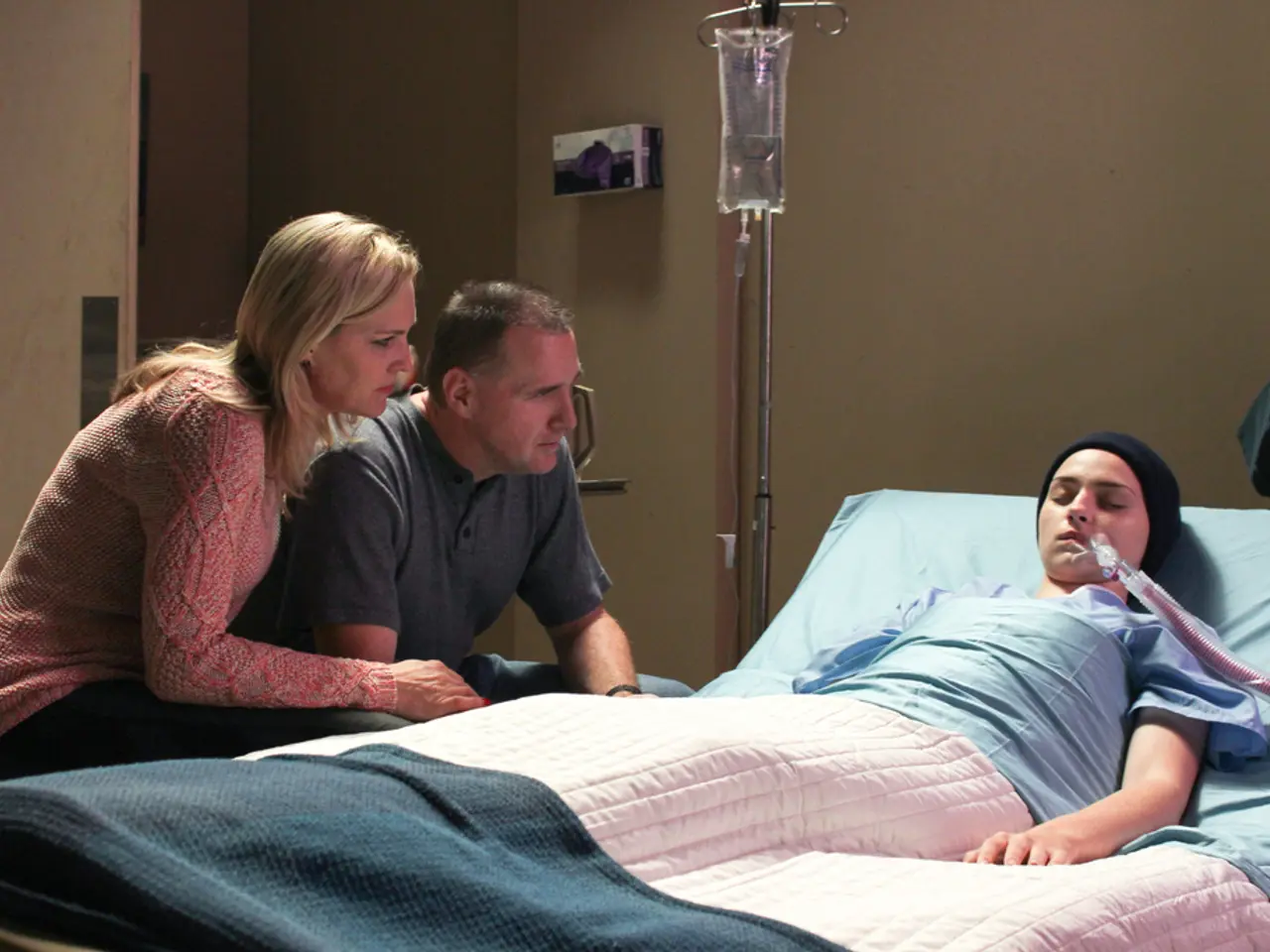Moisture and its Impact on the Development of Pressure Ulcers?
In a recent Israeli study, the relationship between moisture, prolonged contact with bodily fluids, and the development of pressure ulcers in bedridden patients has been highlighted. The findings suggest that moisture from bodily fluids (such as urine and feces) increases the risk of skin breakdown and pressure ulcer formation by compromising skin integrity.
Pressure ulcers, also known as bedsores, are damage that occurs in the muscle tissue just beneath the skin and are commonly seen in long-term care occupants. They primarily develop due to prolonged pressure restricting blood flow to the skin and underlying tissues, especially over bony prominences in patients who cannot change position frequently.
Moisture from prolonged contact with bodily fluids weakens the skin barrier, making it more vulnerable to injury from pressure and friction. This increased susceptibility leads to faster and more severe tissue damage. According to clinical data in elderly patients, incontinence (exposure to fecal or urine moisture) is significantly associated with higher pressure ulcer risk, along with immobility and poor nutrition.
Preventative nursing care involves regular repositioning and careful hygiene to keep the skin dry and clean, thereby minimizing moisture exposure and preventing pressure ulcers. A zippered waterproof mattress cover can help keep the bed dry, and underpads with handles can aid in moving or repositioning the bedridden person.
Diagnosing moisture lesions can be challenging, and the loss of skin can vary depending on the degree of the injury. Pressure ulcers can appear like a blister or a purple patch and are circular in shape. They often occur on moist skin, especially during patient repositioning or transportation, and in bony areas of the body such as the shoulder, thigh, elbow, hips, ears, knee, heel, etc.
The study's findings challenge the common association of bedsores with bedridden people, as pressure ulcers can occur during transport as well. The study mentions that caregivers often struggle to keep a bedridden person dry, with the primary focus being to keep the bed dry. However, it is crucial to ensure that the patient's skin remains dry and clean as well to prevent pressure ulcers.
In conclusion, moisture from prolonged contact with bodily fluids acts synergistically with pressure and friction to promote pressure ulcer development in bedridden patients by damaging skin integrity and accelerating tissue injury. Proper management of moisture is a critical component in pressure ulcer prevention.
- Science has revealed that chronic kidney disease, a type of chronic disease, can lead to various medical conditions, including an increased risk of developing pressure ulcers.
- Proper nutrition plays a significant role in maintaining eye health and overall health and wellness, as deficiencies can lead to health issues and contribute to conditions such as psoriasis, a type of skin condition.
- Respiratory conditions are among the concerns that patients with chronic diseases may face, as these conditions can affect lung function and subsequently decrease the quality of life.
- Mental health is another crucial aspect of health and wellness, with long-term care occupants being at a higher risk of developing mental health issues due to their living situation and physical health status.
- Skin care is essential for both preventive and curative purposes, considering that skin conditions like pressure ulcers (or bedsores) can be a significant challenge for bedridden patients with incontinence issues.
- Adequate moisture levels in the body are important for numerous bodily functions, but excessive moisture from prolonged contact with bodily fluids can lead to skin breakdown, especially in areas of the body that are already under pressure, such as bony prominences.




